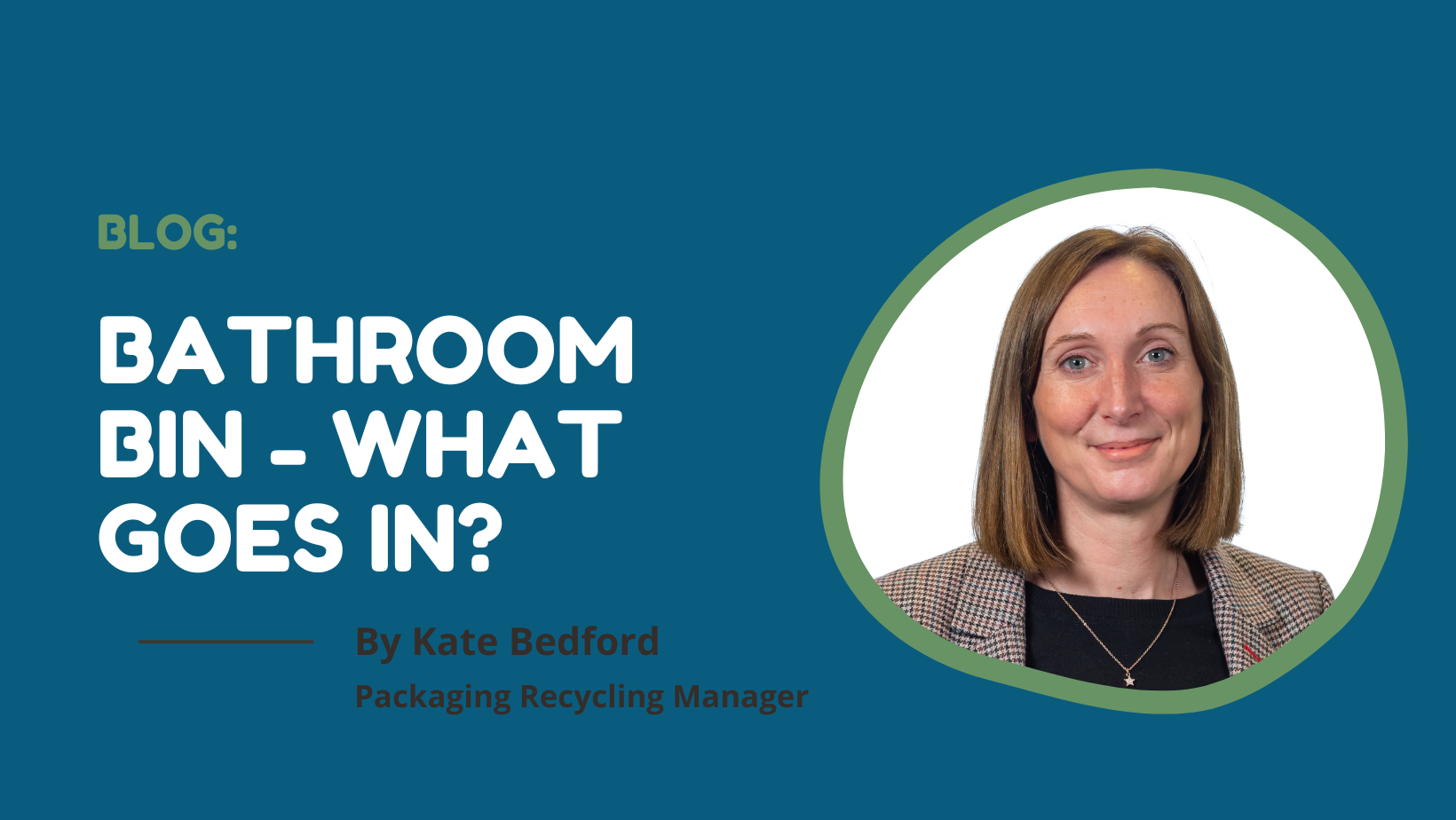Bathroom Bin – What Goes in?

This year’s Recycle week 2023 focuses on “missed capture”: the items that can be recycled but are commonly missed in the home. To support Recycle week RECOUP talk about packaging commonly found in bathrooms.
Toiletries
“Articles used in washing and taking care of one’s body, such as soap, shampoo, and toothpaste”.
We all buy them; we all use them but what happens to them. On average we spend around 22 minutes each day in the bathroom and one person can produce up to 527 items of toiletries and cosmetic waste each year, but where does this packaging go.
Like food, toiletries are an essential part of our weekly shop with many items being packed in plastic, and two items that are used daily are shower gels and shampoos. These are mostly in bottle form, made from plastics of Polyethylene and/or Polypropylene, both plastics can be mechanically recycled and have recognised end markets.
But not all this material is captured for recycling. It is fair to say that most have mastered the kitchen bin sorting by general waste, food waste and recycling, however the bathroom bin often gets missed out of this routine with many items being placed in general waste that could have gone into recycling. Toiletries come in a variety of materials, colours and uniquely shaped packaging which could be confusing when it comes to disposal and not all toiletry packaging carries disposal instructions making it difficult for the user to decipher.
What can be done to help capture plastic packaging from the bathroom:
A new study from Sheffield University highlighted that on average a person spends up to 10 seconds reading a label on package, with this in mind brands need to provide clear, simple messaging without using false or misleading claims. OPRL (on-pack-recycling-label) can be found on many food packaging items, and these provide simple actions required by the consumer, these logos are seen less frequently on toiletry plastic packaging and brands and manufacturers of products like shower and body wash, shampoo and conditioners should invest in these instructions for the consumer to assist recyclability.
RECOUP work with brands and manufactures to aid design for recyclability and can provide evidence-based testing and analysis of plastic packaging.
Industry has the responsibility to help increase recycling rates across the UK and, in turn, continue to educate and inform the consumer with clear guidance and instruction. While this sector (toiletries) tends to concentrate on appearance in a competitive market to help drive sales, consideration of sustainability and recyclability must be made at the design stage.